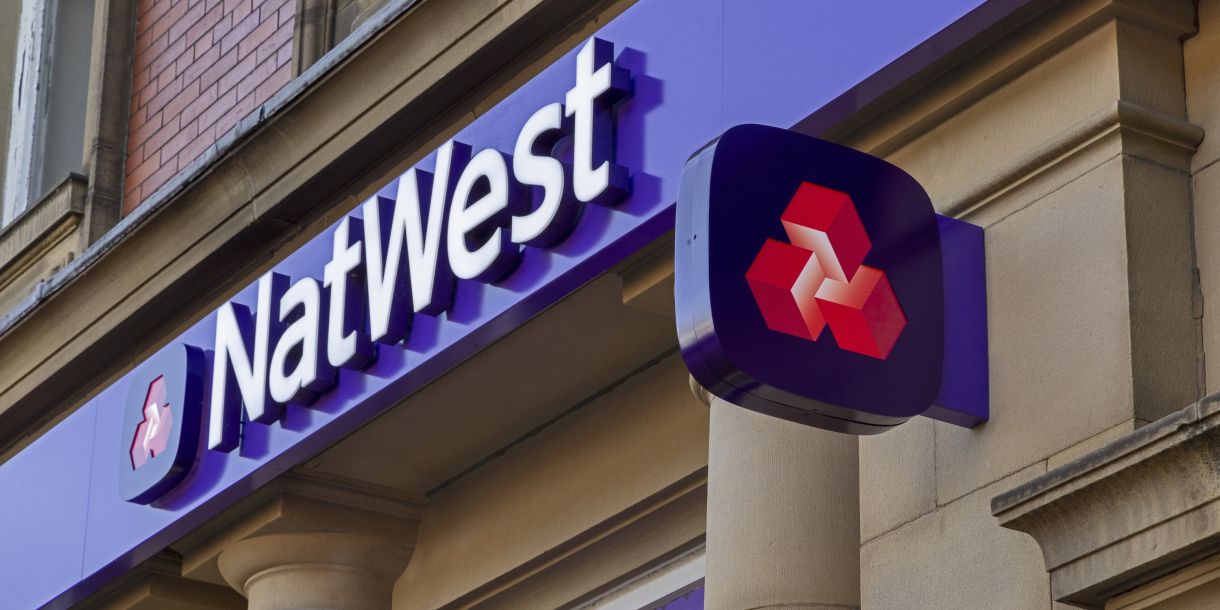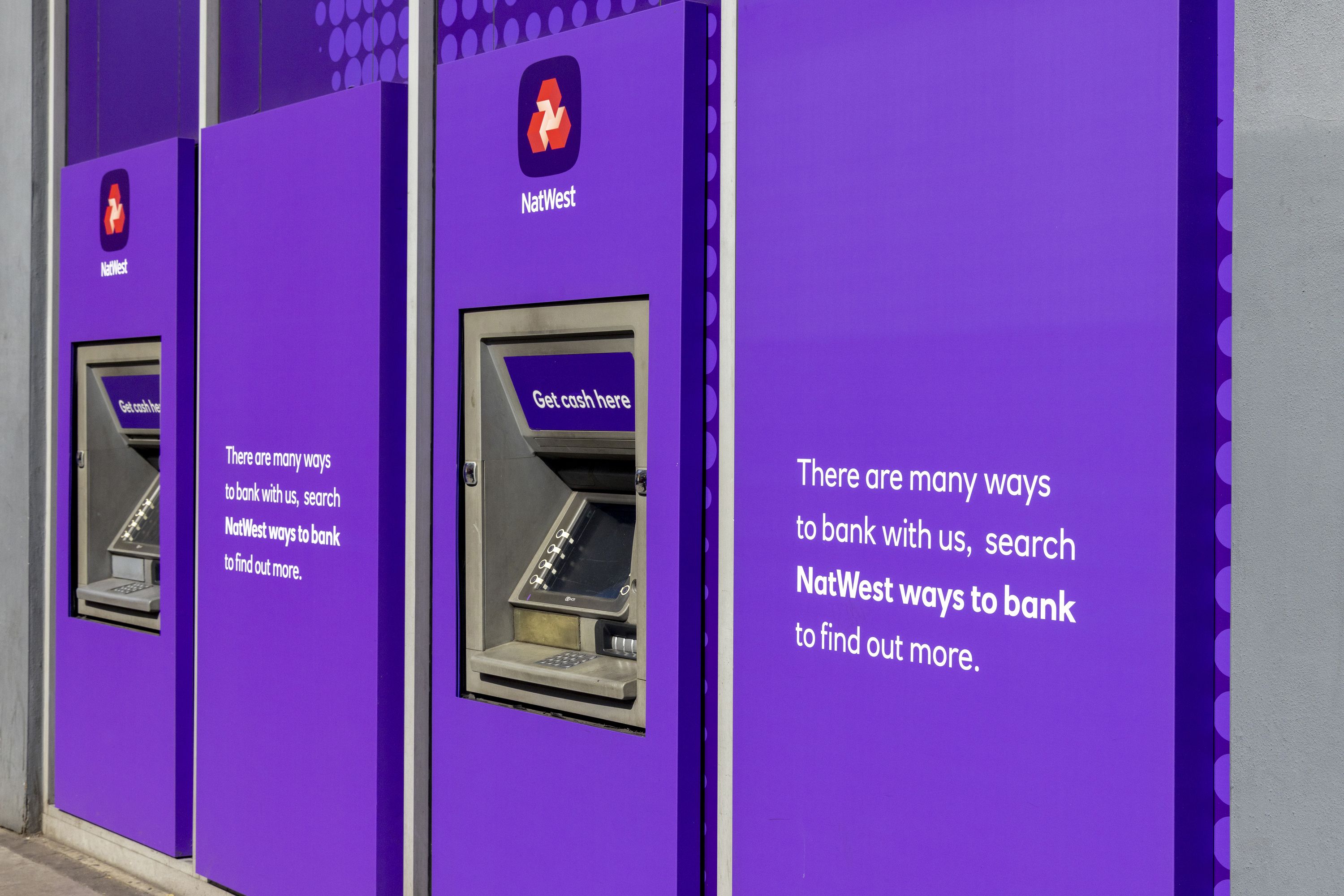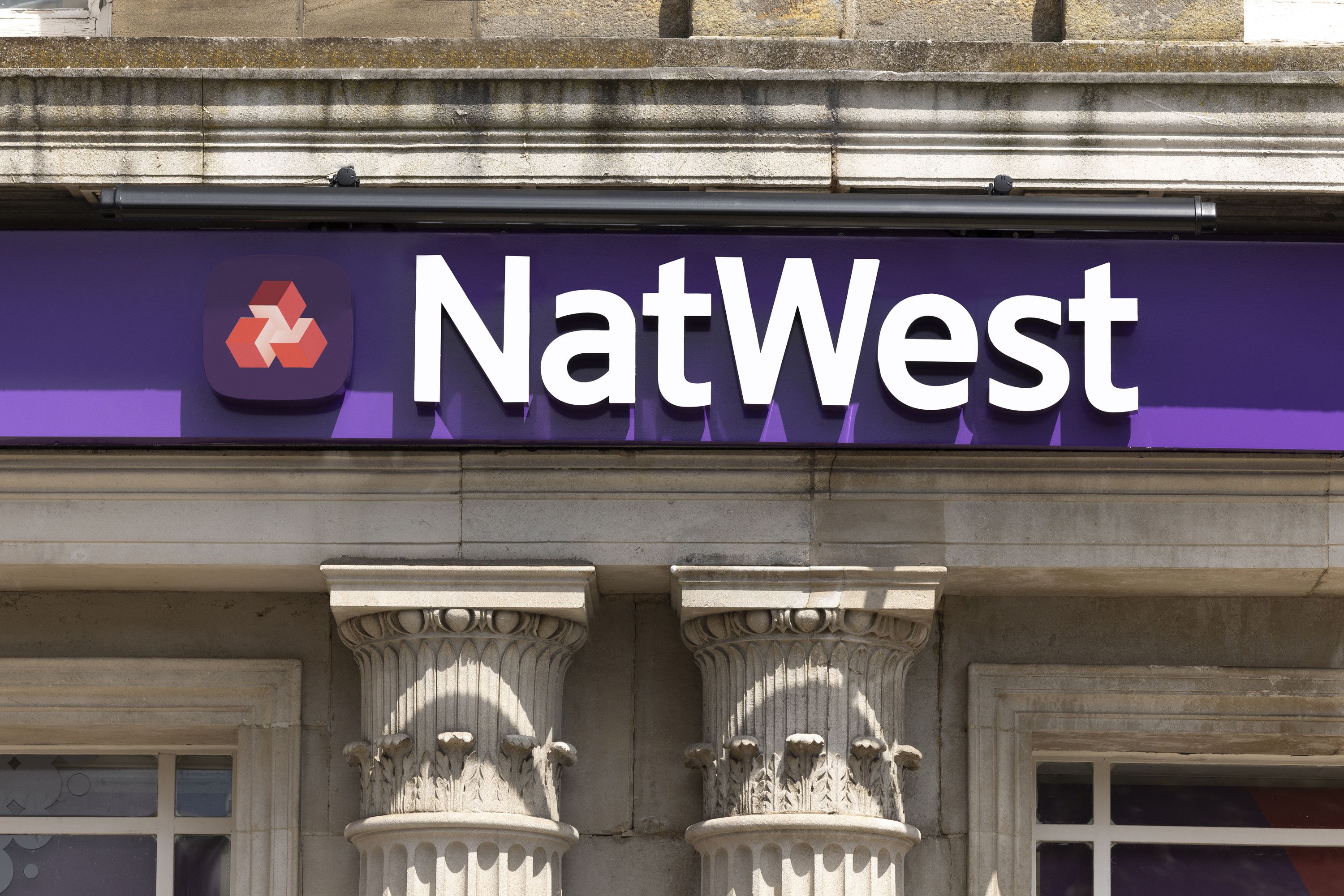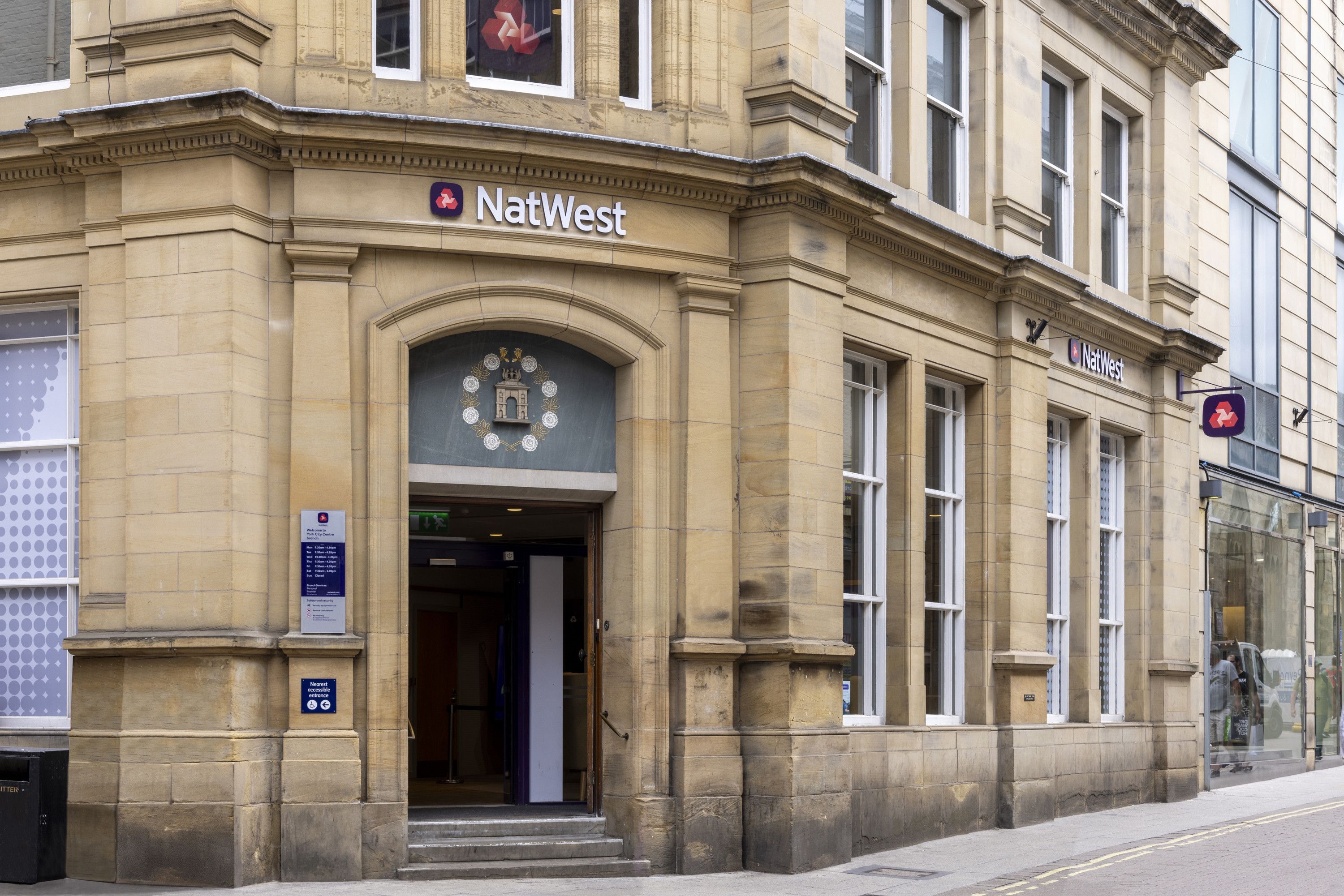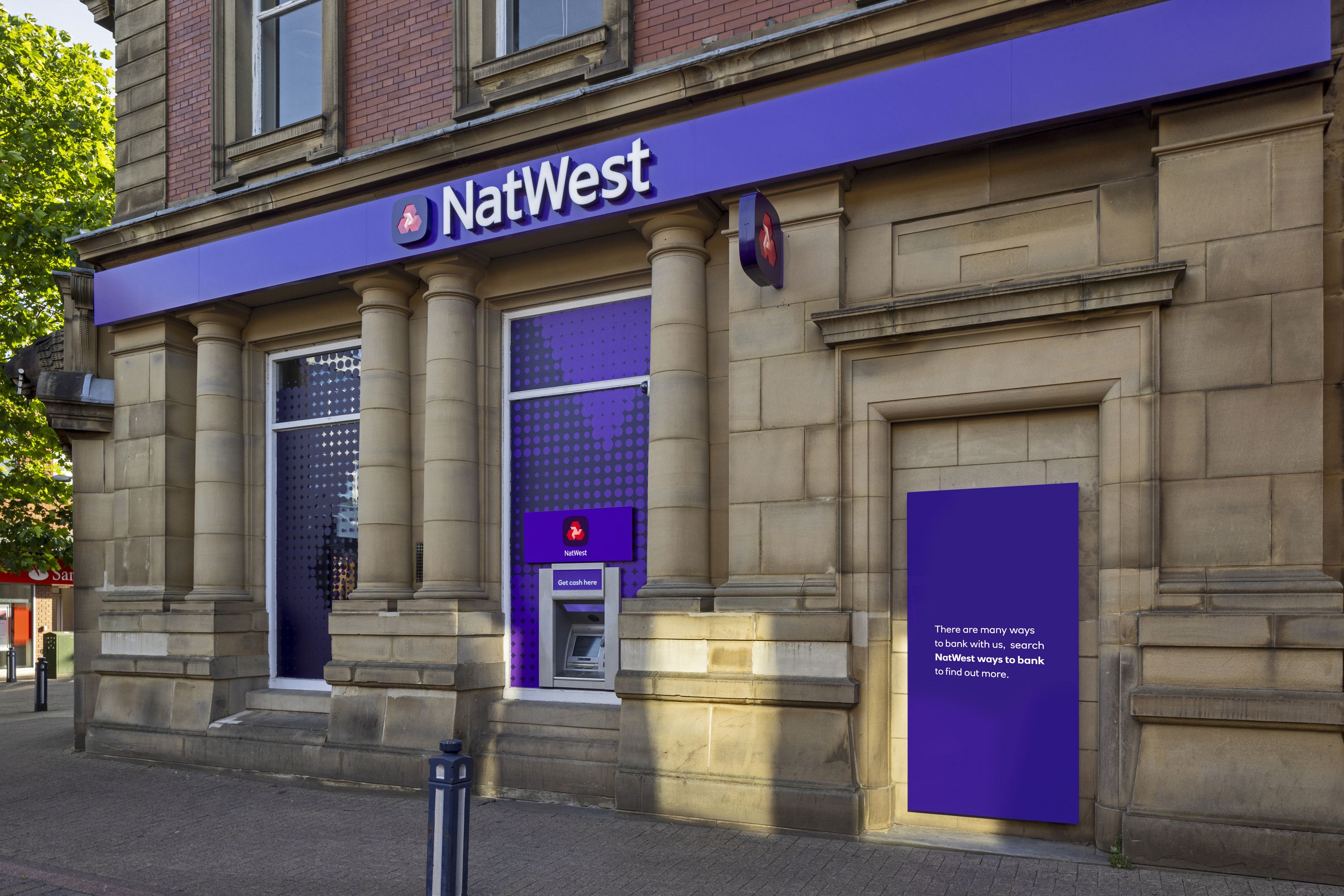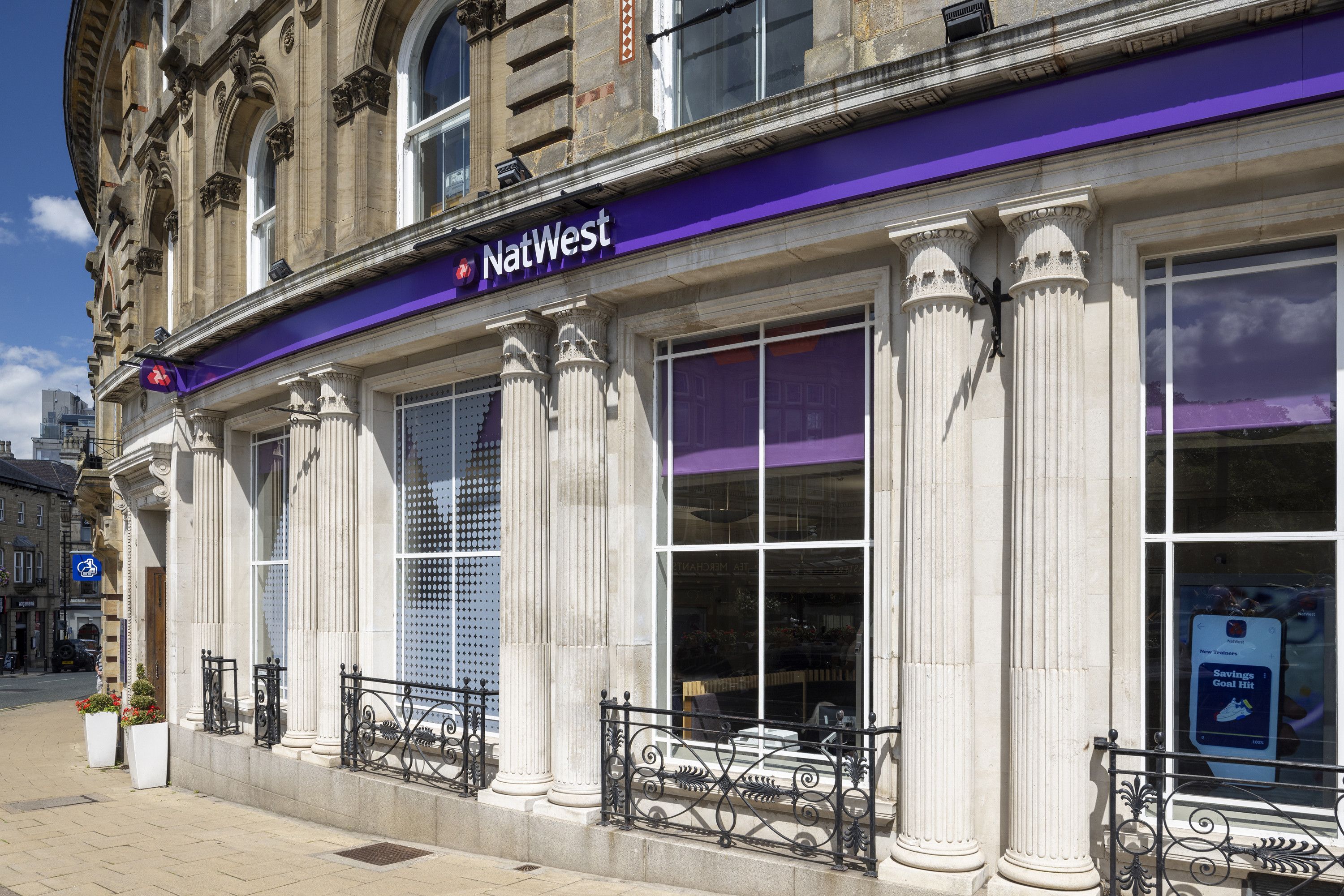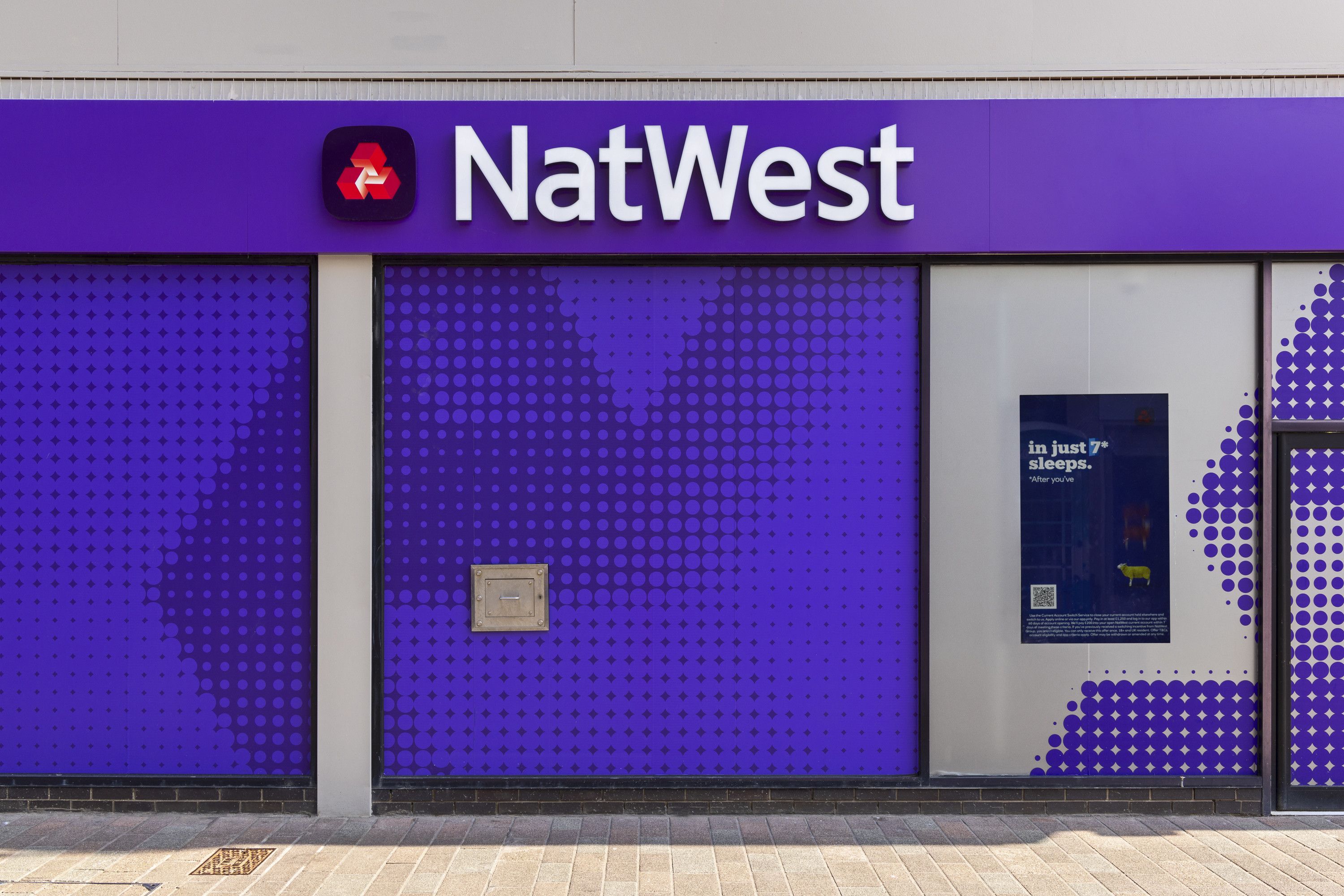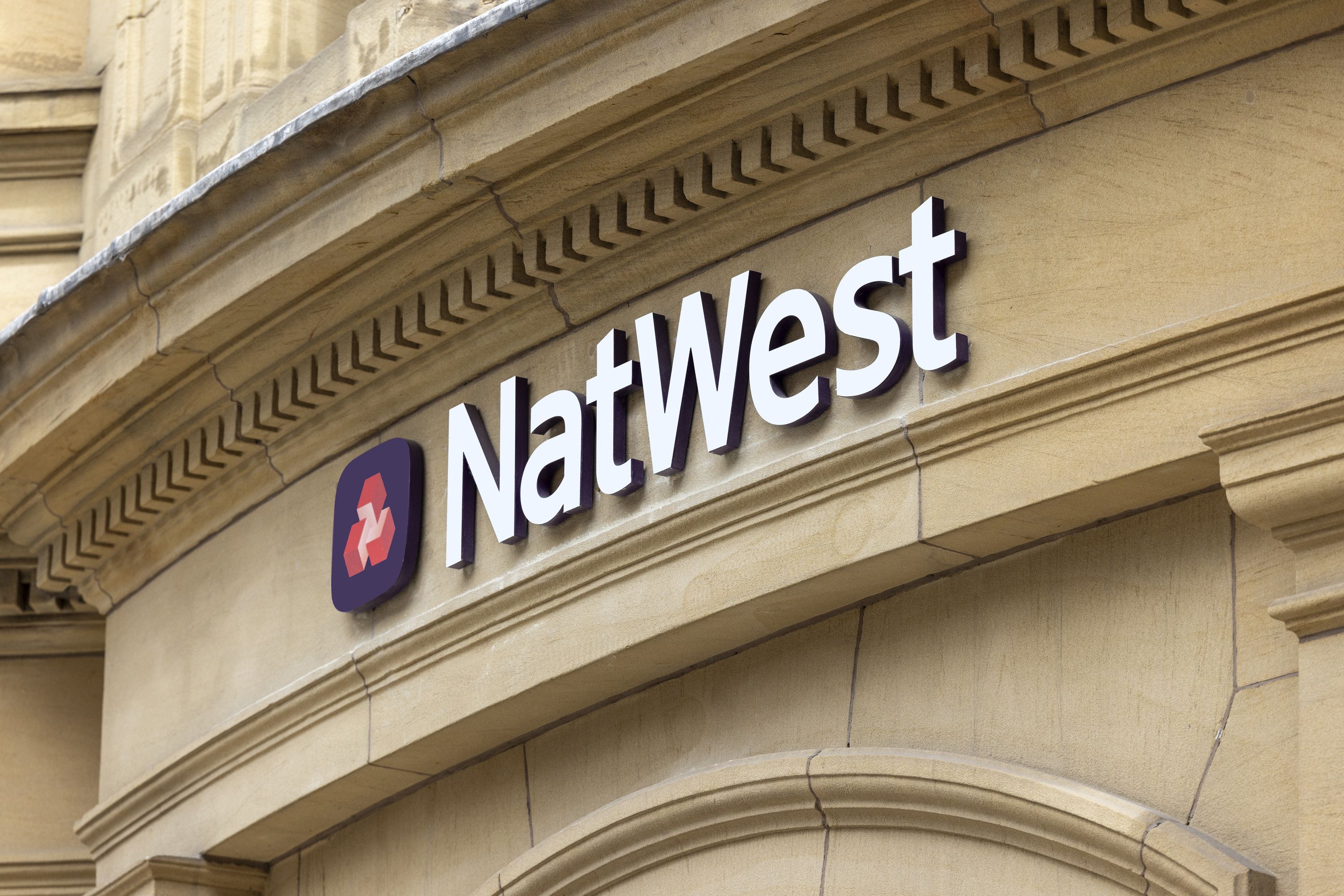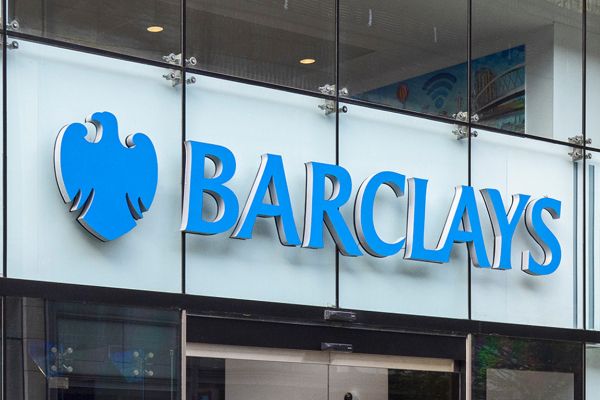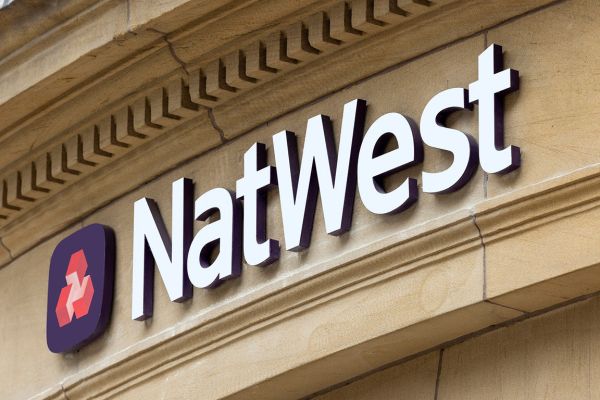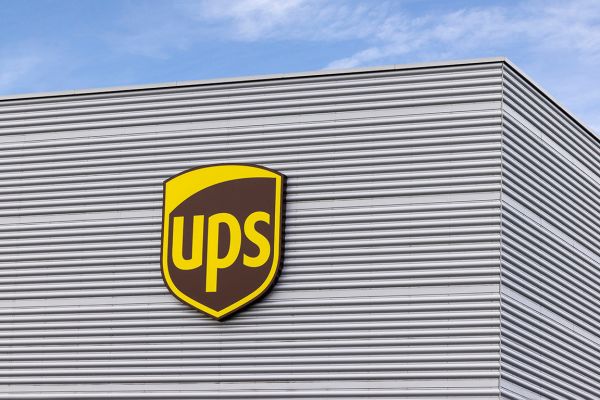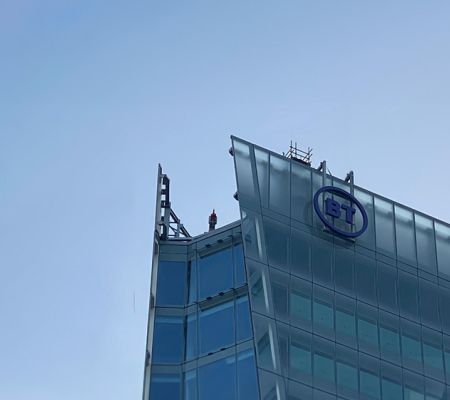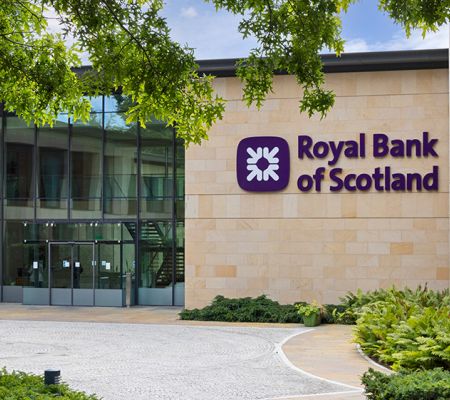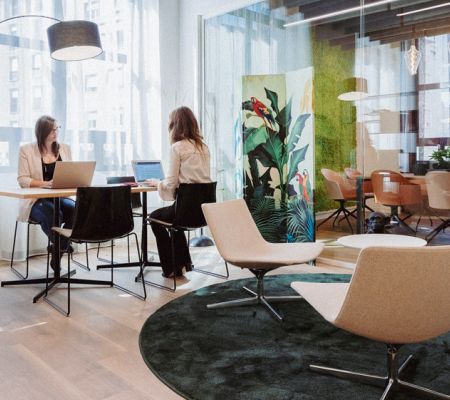NatWest
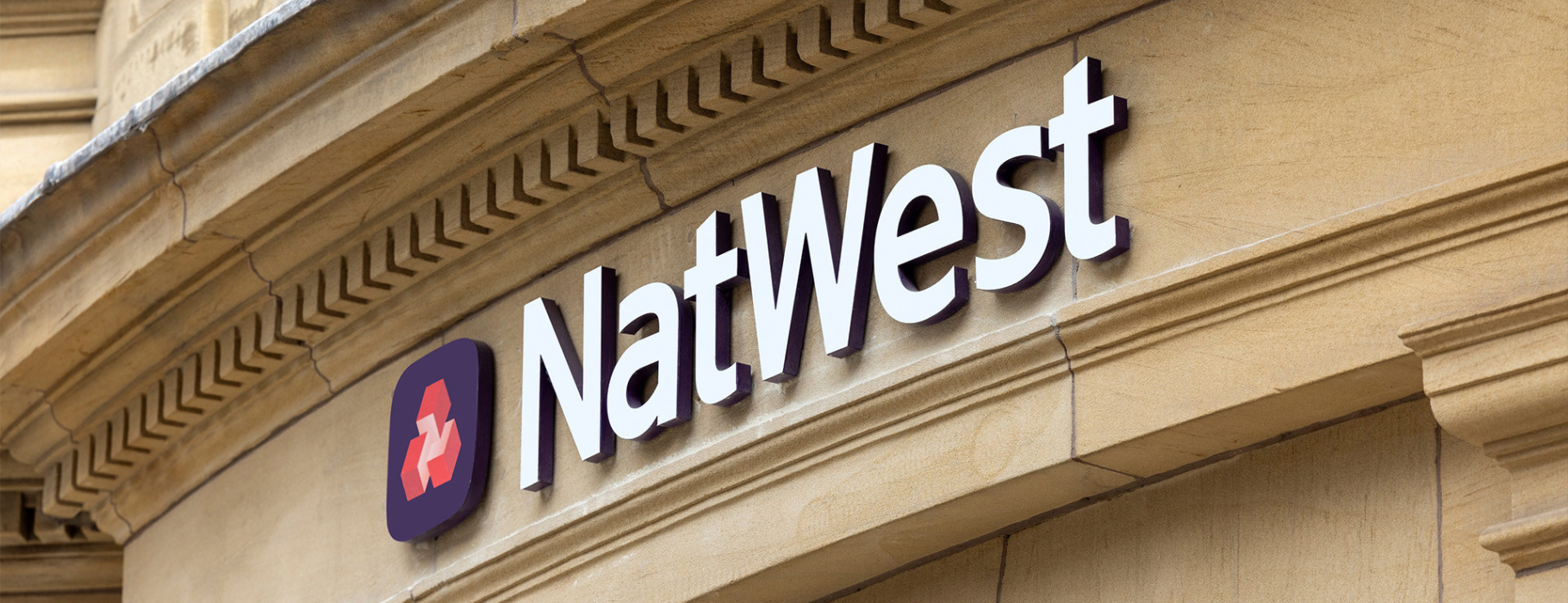
Developing a cost effective sustainable signage roll-out strategy for this major UK bank
As one of our existing clients, NatWest approached us with a challenge to help them devise a new, sustainable approach to the next iteration of their signage roll out across their UK estate of branches and offices.
Two of the biggest fears of any environmental project is the assumption that going green is expensive, and that the green credentials of certain materials are not quite what they claim to be.
For NatWest our challenge was to conduct a forensic cost-benefit analysis of choosing one set of materials over another, and to review their suitability in terms of functionality, visual aesthetics and durability.



